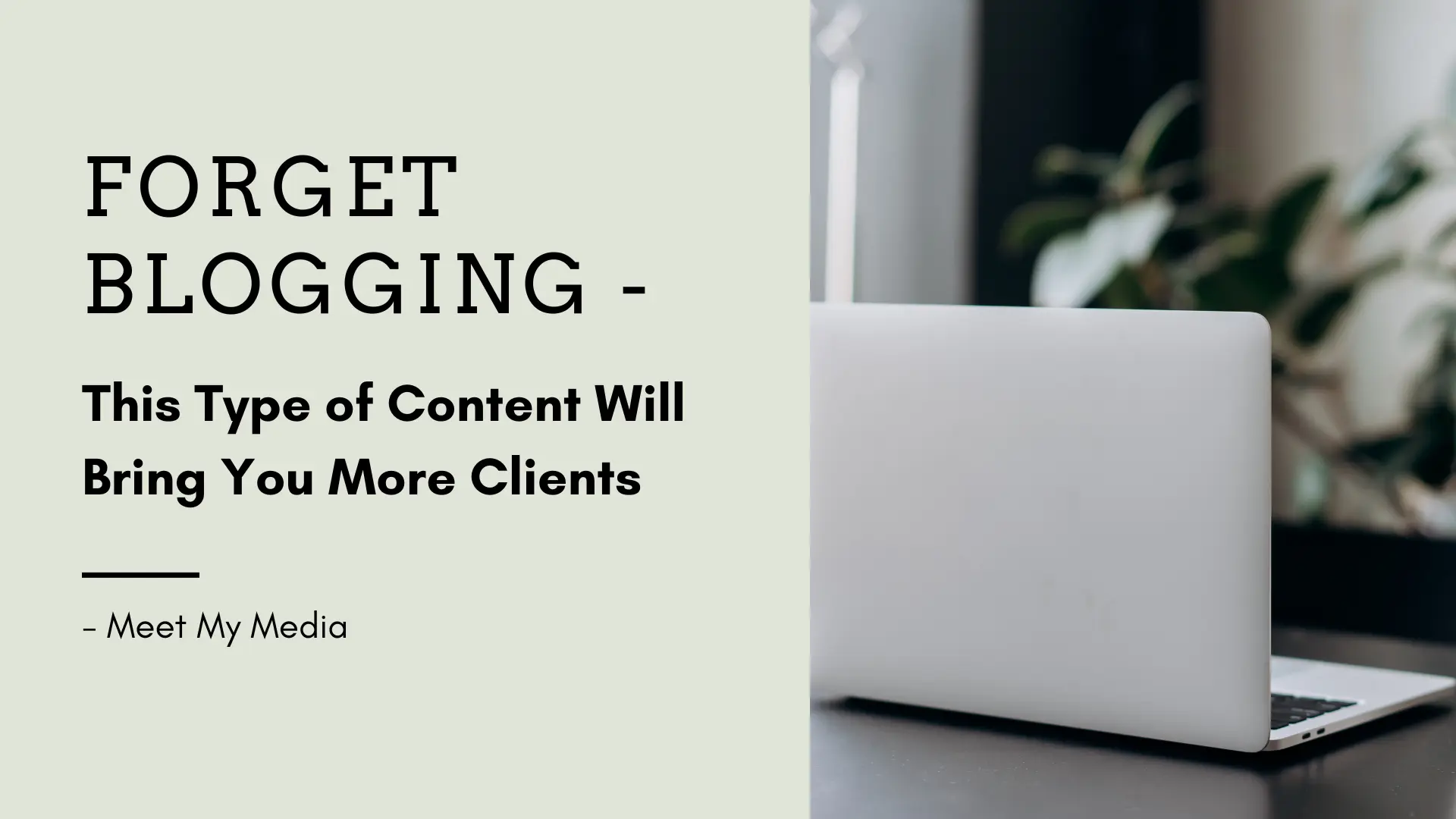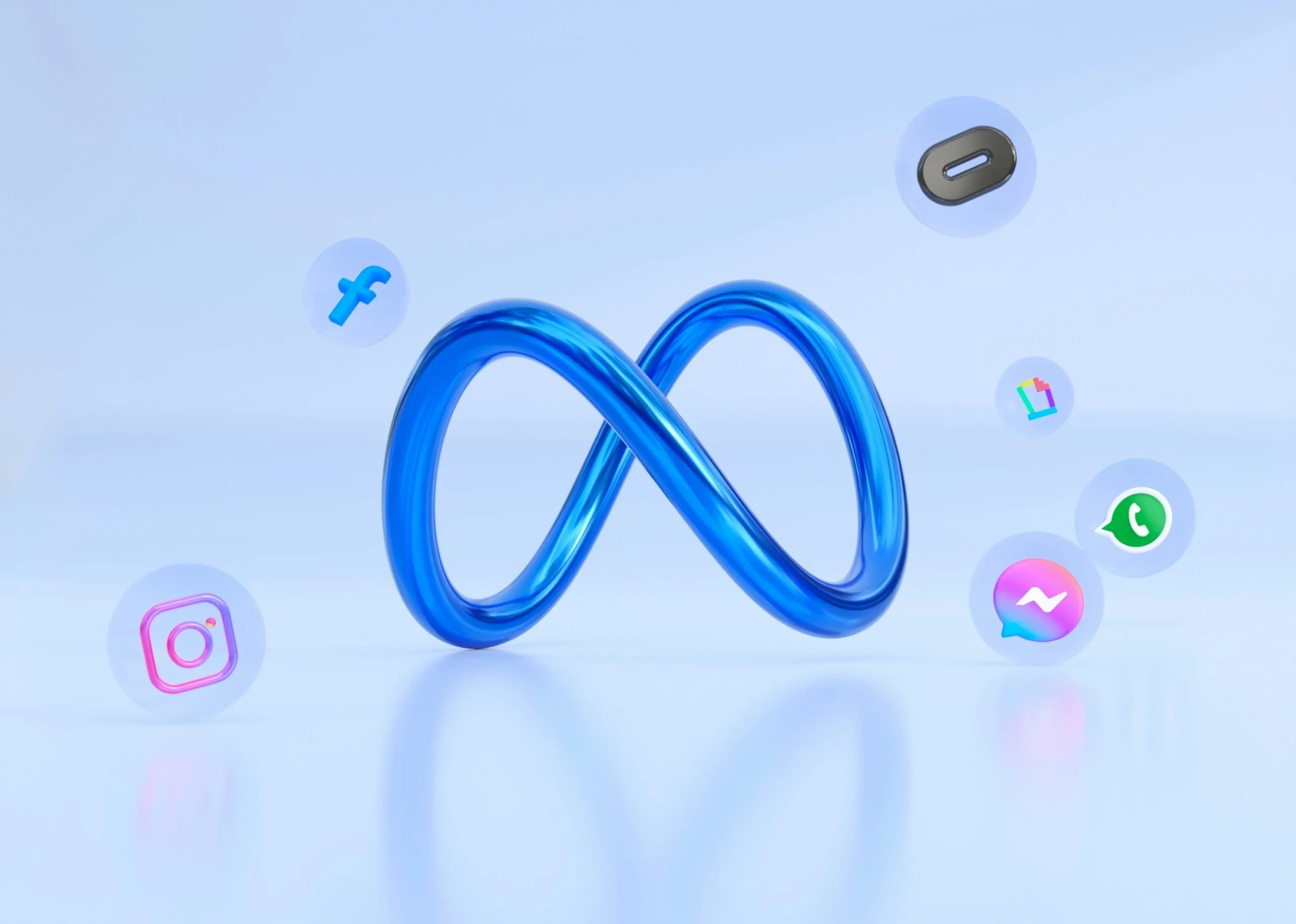In the ever-evolving world of digital marketing, attention is currency—and humour might just be the golden ticket. Brands today are not only competing for visibility, they’re fighting for connection. And nothing connects faster, deeper, and more memorably than a shared laugh.
That’s why more and more businesses—from startups to giants—are using humour in social media to not only go viral, but to drive real conversions. If you’re not tapping into this, you’re missing out on one of the most powerful digital marketing strategies of 2025.
Let’s dive into why humour works, how to do it right, and what results you can expect.
Why Humour? Because It’s Human
People don’t go on Instagram or Twitter looking for ads. They go for entertainment, information, or a little escape. When your brand offers a good laugh, you earn something way more valuable than a scroll—you get engagement.
Humour builds:
- Relatability
- Trust
- Brand memorability
- Increased shareability
Humour taps into the same emotions that build friendships. If your brand can make someone laugh, you’ve already started building a relationship.
The Science: Laughter Triggers Memory
According to recent studies, humour helps people retain information better. When people laugh at a post, they are more likely to remember the message and the brand behind it.
Also, positive emotions influence purchase decisions. People buy from brands they like, and humour helps accelerate that likability.
In short? LOLs = Brand Recall = More Sales.
High-Impact Humour Strategies That Convert
You don’t need to be a stand-up comic to pull this off. You just need a clear tone, some cultural awareness, and a few proven strategies:
1. Memes with a Message
Memes are the native language of the internet. When used right, they’re not just funny—they’re persuasive.
👉 How to use it: Tie memes to your niche. For example, a digital marketing agency could use trending formats to explain why “posting once a week won’t cut it anymore.”
2. Playful Product Descriptions
Who says product listings have to be boring? Adding personality—even sarcasm—can stop a scroll.
👉 Example:
“Works faster than your morning coffee—and won’t spill on your shirt.”
3. Behind-the-Scenes Bloopers
Show the human side of your business. Share the funny mishaps or outtakes. It makes your brand approachable and trustworthy.
4. Use Humour to Highlight Pain Points
This one’s genius. Make people laugh at a problem they relate to, and they’ll be ready to pay for the solution.
👉 Example:
“Still boosting posts and hoping for miracles? That’s not strategy—it’s digital wishful thinking.”
Best Platforms for Funny Content
Not every platform is equal when it comes to humour. Here’s where it works best:
- Instagram – Memes, reels, funny carousels
- Twitter/X – Witty one-liners, trending jokes
- TikTok – Skits, behind-the-scenes, relatability
- LinkedIn – Yes, even here! Light professional humour can make your content stand out.
Just remember: tone matters by platform. What works on TikTok might not land on LinkedIn.
Real-World Examples
🟢 Duolingo
Their TikTok owl mascot cracks Gen Z-friendly jokes and gets millions of views—while promoting a learning app.
🟢 Zomato India
Masters of relatable, snack-sized humour. Their posts go viral frequently and subtly promote the app’s benefits.
🟢 Wendy’s Twitter
The fast-food chain uses savage humour to roast competitors and entertain audiences, building cult-like engagement.
But Wait—Is Humour Always Good for Branding?
Here’s where it gets real. Humour only works when it’s on-brand, timely, and culturally sensitive. Cross the line and it can backfire badly.
✅ Do:
- Keep it relevant to your audience
- Use current trends smartly
- Maintain brand consistency
❌ Don’t:
- Mock serious issues
- Use offensive stereotypes
- Force jokes that don’t land
When in doubt? Keep it light, safe, and scroll-stopping.
SEO Meets LOLs: Making Funny Content Rank
You don’t have to choose between being funny and SEO-friendly. Combine them:
Use Keywords Naturally
Don’t stuff. Fit keywords into funny captions, text on memes, or even image alt-text.
Add Schema Markup for Images/Videos
If you’re posting humour-infused videos or meme carousels, add proper schema to help Google read and rank that content.
Optimize Your Meta Descriptions
Even your meta text can be a little witty. Just be sure to keep the message clear and click-worthy.
Consistent Internal Linking
Got a blog post tied to your funny content? Link back to it. Guide users deeper into your site through fun.
The Result? Laughs That Lead to Loyalty
Humour isn’t just for the likes. It helps:
- Increase engagement
- Boost organic reach
- Improve brand loyalty
- Drive conversions
In fact, brands using humour as part of their conversion-driven content strategy have seen 2x–3x higher interaction rates.
It’s not fluff—it’s strategy in disguise.
Final Thought: Funny Doesn’t Mean Frivolous
Smart, strategic humour makes your brand stand out in the crowded digital world. It doesn’t replace great service or product quality—it just brings people to your door.
Want to stand out from the “blah” crowd of templated brands?
It’s time to go from corporate voice to conversational charm.
Why Meet My Media?
At Meet My Media, we specialize in crafting high-converting, humour-led digital content. Whether you’re a B2B enterprise or a growing D2C brand, our social media marketing strategies are built to engage, convert, and entertain—because we know LOLs can lead to leads.
Try our digital marketing services to build a fun-first brand that actually sells.






